Simulation No. 136 (1973); From the Archigram Revival Project.
• Scientific American looks at DMT: “the only psychedelic known to occur naturally in the human body”. Related: Hofmann’s Elixir: LSD and the New Eleusis, a book from the Beckley Foundation Press.
• “People weren’t quite sure what this guy was doing.” Colin Marshall talks to Eno biographer David Sheppard.
• LA FAN presents its debut group show, Eve in the Garden of Lost Angels, curated by Milla Zeltzer, at Optical Allusion Gallery, downtown Los Angeles, from May 15 to June 12, 2010.
• Masturbation: literature’s last taboo. The words “last” and “taboo” should never be used together; taboos don’t vanish, they migrate.
• Announcing the Text: Development of the Title Page, 1470–1900.
• The Anachronism is an award-wining Steampunk short about two children who discover the wreck of a giant squid submarine on a beach near their home.
• Out There is a brand new, bi-annual, international magazine for gay men and their friends.
• The Big Picture looks at the eruption of Eyjafjallajokull.
• Expo 2010 opens in Shanghai on May 1st.
• (Walter) Benjamin in Extremis.
• Nathalie returns to Bomarzo.
• Acronymic songs of the week: Lucy In The Sky With Diamonds (1967) by The Beatles; The Stars That Play With Laughing Sam’s Dice (1967) by The Jimi Hendrix Experience; London Social Degree (1968) by Billy Nicholls; Love’s Secret Domain (1991) by Coil.

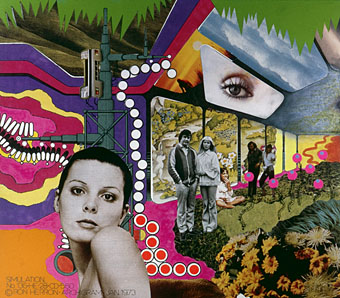
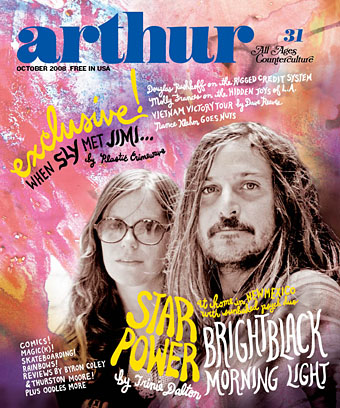
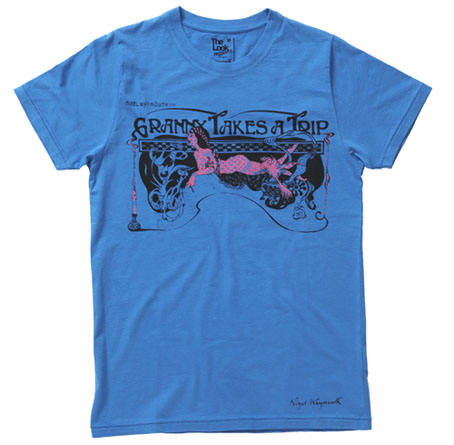
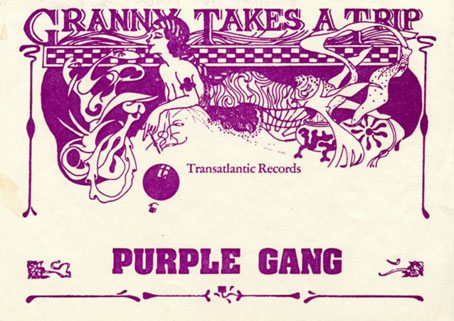
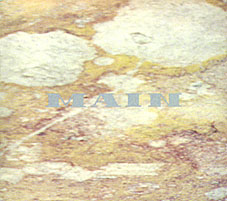 It’s the same every year, the weather gets hot (30C today) and out come the Main CDs, although the march of progress has meant importing them into iTunes this time round. For some reason Main’s Hz collection (6 EPs, later a double-disc set) is especially suited to warm temperatures, partly due to remembrance of them being released one a month during the hot summer of 1995.
It’s the same every year, the weather gets hot (30C today) and out come the Main CDs, although the march of progress has meant importing them into iTunes this time round. For some reason Main’s Hz collection (6 EPs, later a double-disc set) is especially suited to warm temperatures, partly due to remembrance of them being released one a month during the hot summer of 1995.